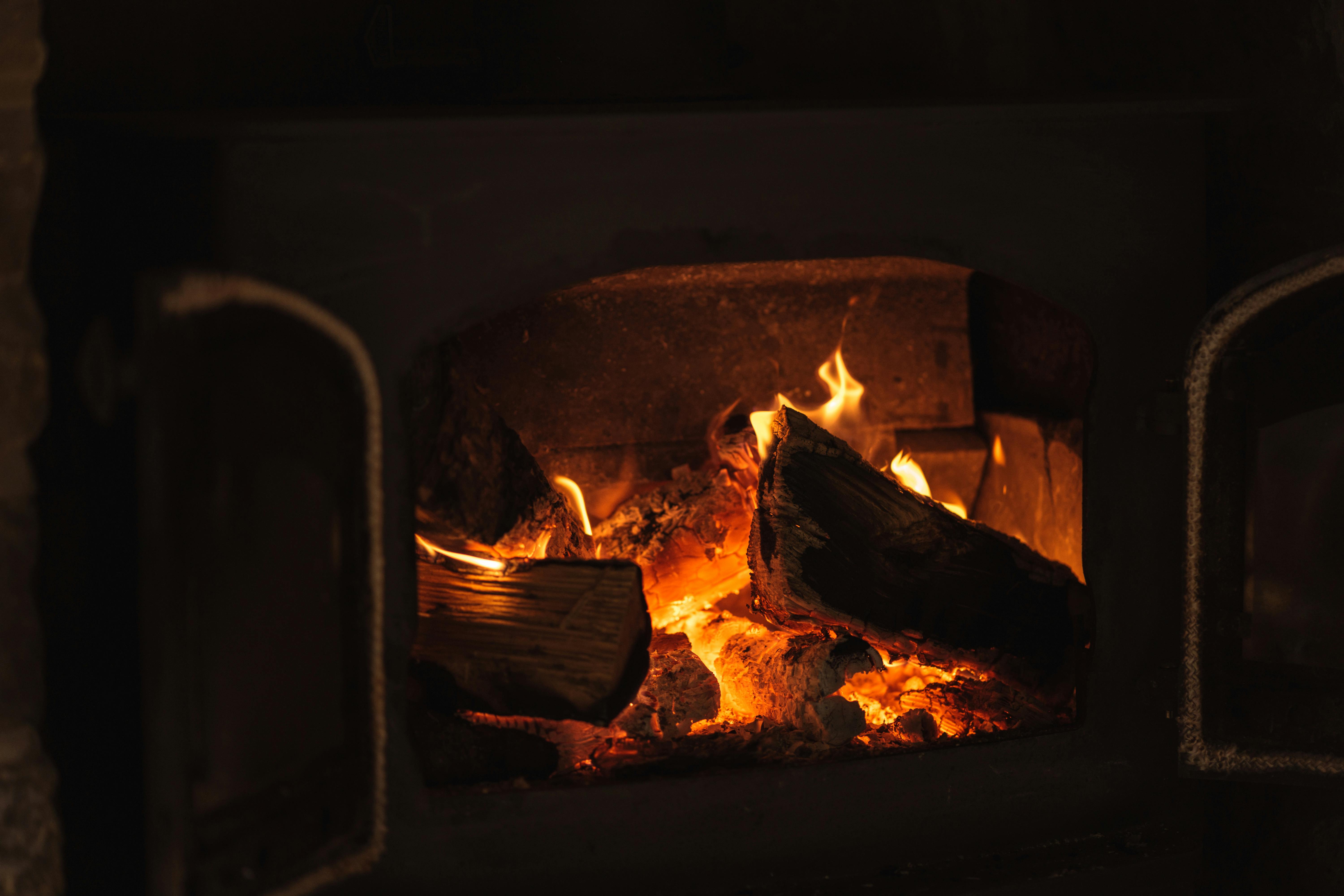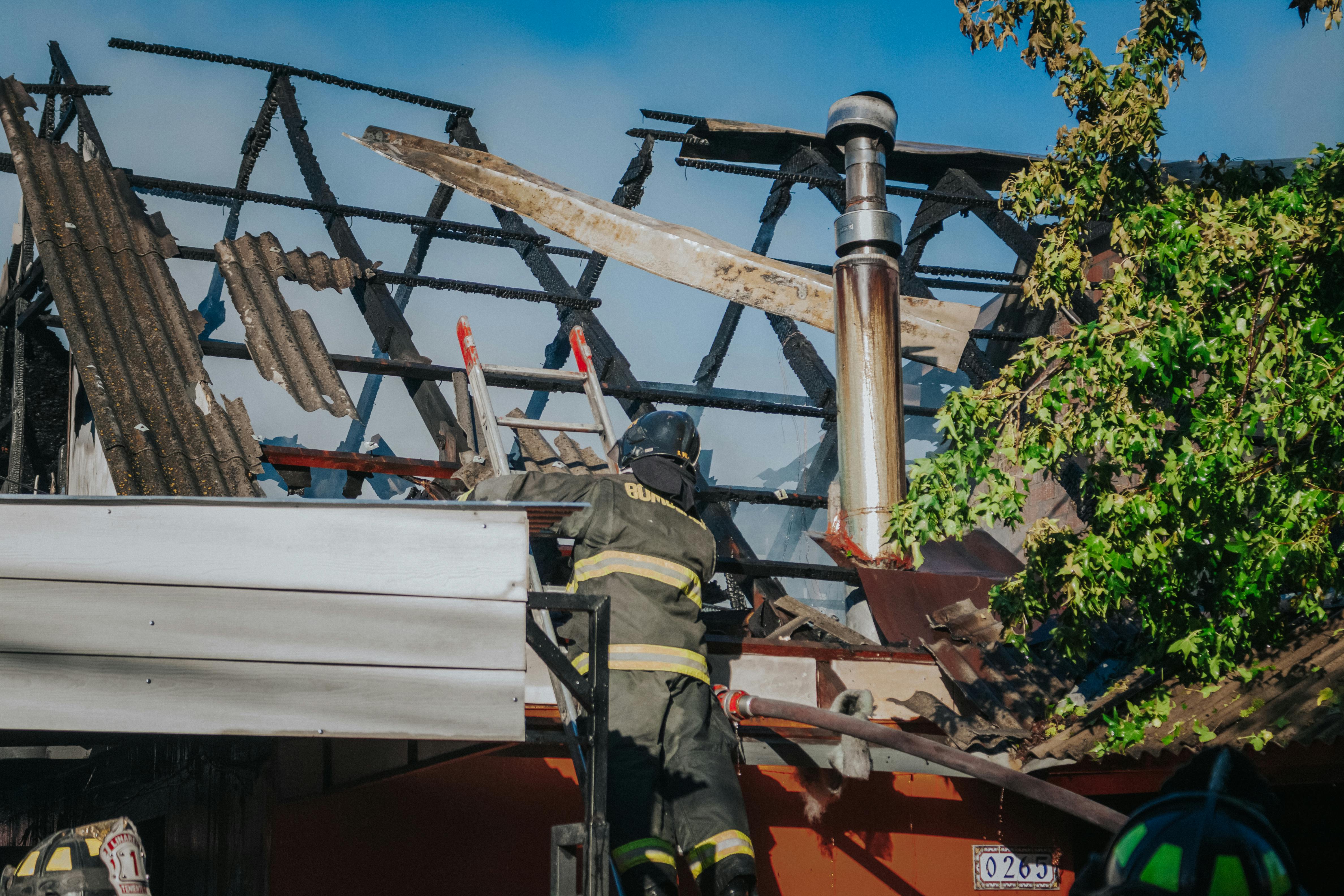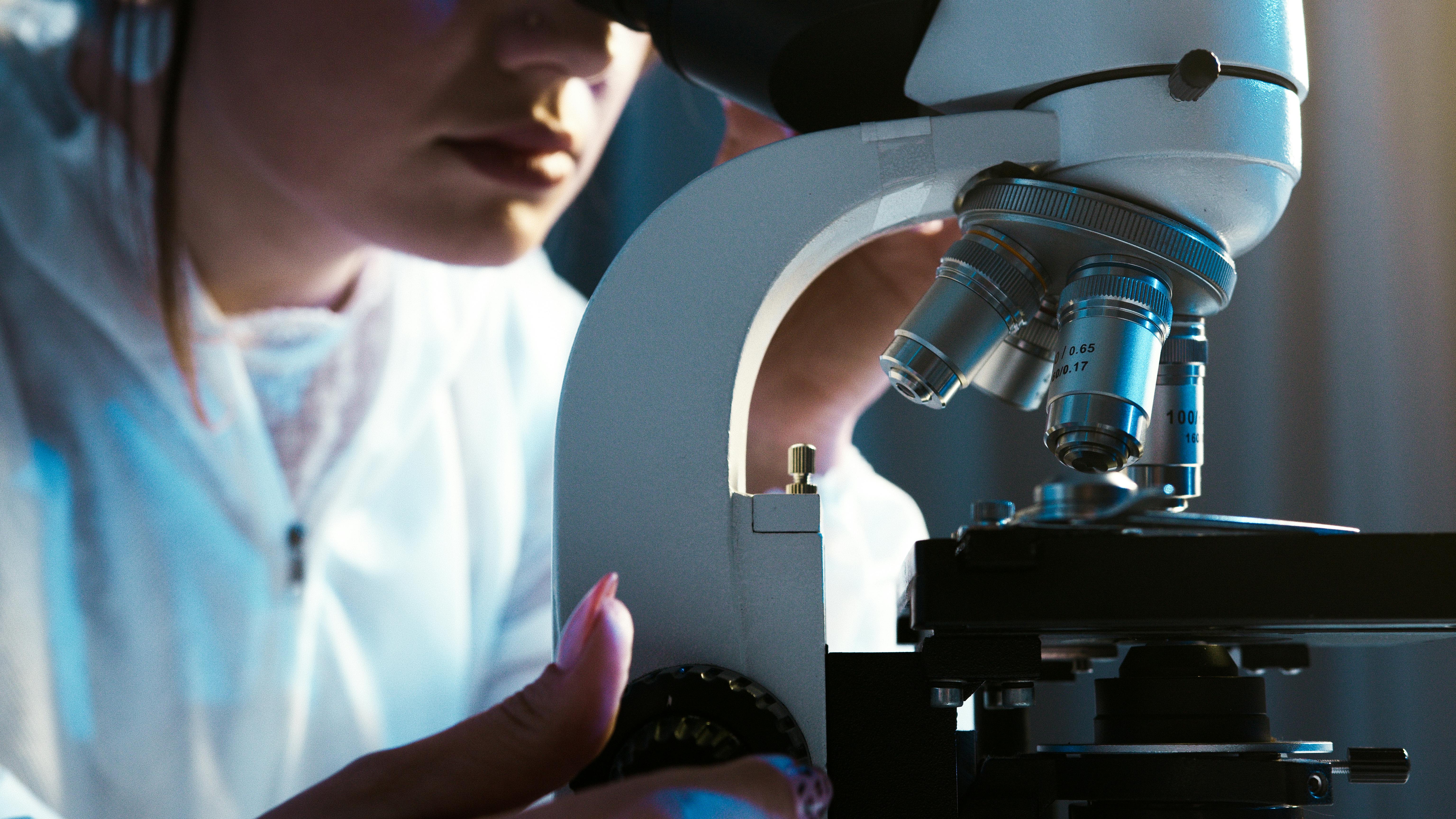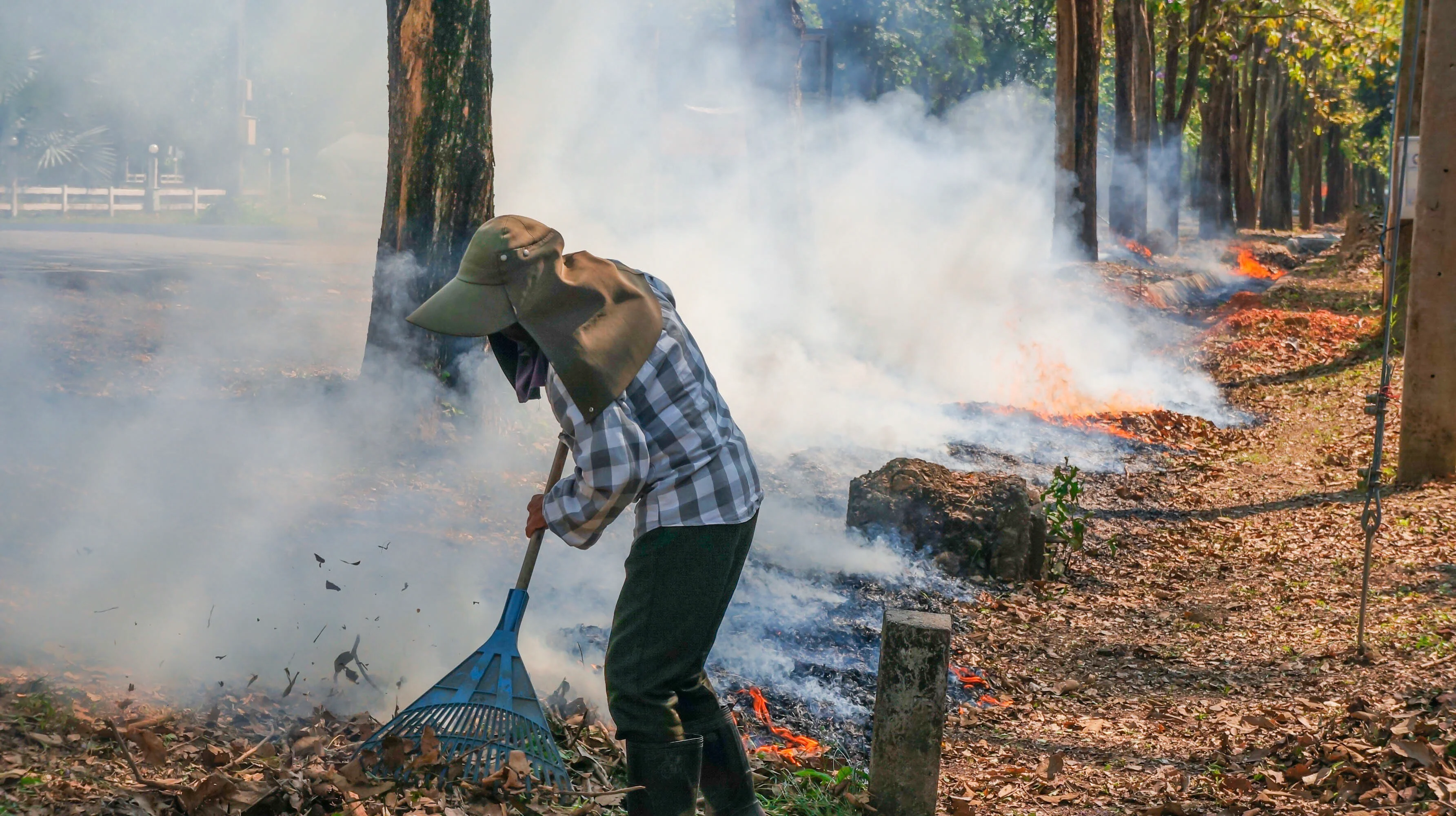Mastering Fire Cause and Analysis: A Comprehensive Guide


Ever wondered what happens after a fire has ripped through a building? Yes, there is a big mess to clean up, but first, a fire-cause analysis has to be done. The "why" behind the fire needs to be uncovered before any evidence can be tampered with - weather intentionally or not. To carry out this process, investigators need to study burn patterns, soot stains, and even ordinary objects to work out how the fire started.
Knowing the root cause of a fire, whether it’s a faulty outlet or improper storage, helps prevent future fires. To figure out how a fire started, firefighters, investigators, and scientists work together. By teaming up, these professionals help build better fire safety protocols and safer products and building materials.
Pull up a chair. because we are going to do a deep dive into the world of fire cause and analysis. We'll explore the process step-by-step, and learn how this field is shaping a safer, more resilient future for everyone.

Table of Contents
- Figuring out how fires start is important work. These detectives have to find the source and trigger of each blaze.
- It takes a lot of sleuth work, like inspecting clues, conducting evidence analysis under a microscope, and recreating the scene’s condition.
- Multi-talented crews are up for the task. You've got investigators, scientists, and engineers all teaming up to solve the mystery.
- Fire investigators write detailed, comprehensive reports to share what they learn. Sometimes they have to explain their findings in court. Following the trail of clues to nail the culprit is sure to keep everyone on their toes. Good thing these pros are among the sharpest minds around.
Fire investigators are like forensic scientists at a crime scene. They closely examine burned areas and debris to find clues about what caused the fire. Every little piece of evidence provides lessons to prevent future fires. By studying past fires through fire cause analysis, we turn tragic events into a plan for making communities safer from fires.
This field shines a light on all the factors that allow fires to burn out of control. Uncovering the mysteries of what starts fires creates a path towards a world with far fewer destructive blazes. The findings guide improvements in codes, training, public awareness, and more to enhance fire safety for everyone.
Every charred fire scene is a mystery for fire investigators to solve. Their job is to find the truth behind the destruction. The investigation starts with a careful search of the scene’s condition for clues in burn patterns and debris. Anything that could be evidence is collected bit by bit.
But the real magic happens during evidence analysis. Engineers, chemists, and material scientists work together and use advanced techniques to decode the secrets hidden in the burned ruins. Each expert lends their own special knowledge to recreate how they think the fire behaved and what started it.
From analyzing the fire pattern and trace of chemicals, nothing is overlooked. It's like putting together a story that reconstructs the events that went on in an everyday setting and ended up in flames. Only once the fiery mystery is solved can lessons be learned to prevent fires.

The Art of Scene Examination: Uncovering Clues
Have you ever wondered how on earth fire investigators solve dilemmas left after flames destroy everything in their path? It's like they're detectives solving a cold case! They carefully examine every clue to reconstruct what happened.
Fire analysts fan out over the burn area, and document damage the way a photographer takes pictures of fingerprints. Nothing escapes their watchful eyes and tweezer-wielding hands, as physical evidence is protected.
Then it's time for the real detective work. Burn patterns on walls are like footprints leading investigators along the fire's path. Specialized tools scan for hotspots like sniffer dogs and track scents. Piece by piece, the charred jigsaw puzzles come together.
ATS fire investigators approach their work practically, conducting a thorough and cost-efficient scene examination based on scientific principles while paying close attention to every detail. The next time flames threaten, remember - fire investigators are on the case.
Documenting the Scene
The process of documenting the scene’s condition needs real attention to detail. Investigators rely heavily on cameras to capture thorough images. Sketching tools are also used for creating a clear layout that highlights burn patterns.
Taking notes is important for recording observations. Every burned fragment found in the debris field is carefully documented. From charred electrical components to melted plastics, each piece is carefully preserved and cataloged for further examination.
Keeping the burned scene’s condition pristine is critical to proper analysis. The investigator's photos, sketches, and logging of clues sets the stage for deep study. This allows them to rebuild the story of how the stealthy spark of the flames started and spread.
Here’s a breakdown of the different types of evidence forensic investigators may come across and collect:
The marks left by the fire provide clues about how it started and spread. Different patterns show what happened step-by-step. V shapes on walls show which way the fire moved. Deeply burned wood points to a high fire intensity and a long fire.
These patterns help figure out where the fire began and how strong it got. They also show how the fire moved from one place to another. By learning all this, investigators can recreate what happened before the fire and what may have caused it or made it worse. The patterns are very important for finding the cause.
Analyzing the Evidence: Unlocking the Secrets
Fire experts use many tools to find out what caused a fire. They closely study the ashes under microscopes; other tests can separate and identify gasses given off while things are burning.
The ATS fire investigation team has many highly experienced experts from numerous fields, including chemists, metallurgists, forensic, electrical, and mechanical engineers. Each person brings their unique perspective to the evidence analysis. Bit by bit, they rebuild the scene.
Experts also use scans to get clear pictures of leftover debris and see important details. Additional testing looks at the types of elements in the material and where things came from; it can even identify chemicals that might have been used to start the fire on purpose. By combining the results of these tests and recreating what happened, investigators can accurately determine exactly how and where the fire began.
Chemical Analysis
If a fire leaves you with more questions than answers, Fire Cause Analysis (FCA) is your lifesaver. They're the CSI team for blazes, with fire investigators, scientists, and engineers working together to crack the case. They figure out exactly what sparked the flames, so insurance companies and lawyers understand what happened.
It doesn't matter whether it's faulty wiring, a weird chemical reaction, or something else, FCA will keep digging. Their detective work provides important insights that protect lives and property from unexpected fires.

Electrical and Mechanical Analysis
Sometimes, fires start because of faulty gadgets or electrical problems. That's where electrical and mechanical analysis is used in a fire cause investigation. Experts in this field check out wires, circuit boards, and appliances for signs of failure or malfunction.
Did a wire overheat and spark? Did an appliance short circuit? Electrical and mechanical engineers conduct tests and analyze burn patterns to find clues in the debris field. Every part of the process helps put the pieces together and tell a story of what went wrong, where it went wrong, and why the fire started.
Reconstructing the Puzzle: Piecing Together the Fire
Fire investigators employ swanky skills like computer modeling, fire dynamics, and engineering calculations to uncover the mystery behind a blaze. By examining burn patterns, debris, and structural damage, they piece together clues to find the fire's origin and cause. Figuring out the causes of fires needs a special group of experts from different fields working together.
Applied Technical Services has been helping with fire investigations since 1974. Their team has many kinds of experts with different types of training. High-tech machines and specialized tools allow them to closely study what happens in fires. The goal is to find out what started the fire and why. They work hard to quickly learn the important details so their customers understand what caused these dangerous events. Finding the real reason helps prevent fires in the future.
Computer Modeling and Simulations
Computer modeling and simulations help experts study and analyze what causes fires. These detailed digital creations can be used to recreate how a fire might have started. They also let investigators hypothesize and test different theories.
These techniques let experts tweak and change how things might have looked before the fire started, what was burning airflow, and building materials. By watching how the virtual fire spreads with these changes, experts can see what types of burn patterns are produced, heat levels, ignition sources, and smoke movement. It would be very hard to test things this way with a real fire.
Figuring out if a fire was lit on purpose or not takes a lot of investigation and documentation. Fire investigators closely examine every tiny clue for hints. They study things like burn patterns and where the fire started. Their job is like competing on a game show - insurance companies and lawyers will heavily question their findings, so they must break down their results.
If someone meant to start the fire, that's a problem in itself. But if it was just a careless mistake, people need more education on the risks of fires.
Only after reviewing every small detail do the investigators get an evidence-based answer. It's a big responsibility, but community members deserve to know the truth, for insurance purposes, and maybe even the courts. Scientific sleuthing reveals the real story in the end.
Accidental Causes
Fires often start with a small problem involving smoking, wiring, cooking mishaps, or unsafe heaters. Fire investigators check closely for clues after a fire, like faulty wires, unattended stoves, or damaged furnaces, to see if mistakes during installation or unmet repairs contributed. Their search for where it began will go on to help stop future blaze investigations.
By figuring out if distractions or neglect caused a fire, investigators learn which subjects need more focused education. Identifying overload dangers or weak safety rules also puts attention on current fire codes, and spreads awareness of risks. By carefully solving each mysterious fire, it helps keep us safe.

Intentional Causes (Arson)
Some fires are accidents, but others are started on purpose. Fire detectives have an important job figuring out which is which. They carefully search the scene’s condition for clues that someone caused the fire.
Only by closely zooming in on every tiny detail can an arson investigation call on those responsible to justice. In detective mode, fire investigators search for any little clue that might have been missed. Sometimes motives like fraud or getting revenge reveal themselves, too.
When fire investigators prove someone lit a fire purposefully, it brings justice to a crime committed and helps solve the case. Fire investigators and their evidence hunting protect others and catch the bad guys.
Reporting and Testifying: Sharing the Findings
In a fire cause analysis investigation, fire investigators have to prove in court, under intense cross-examination, that they found the right answer. To present successful evidence, the investigator writes in detail from the beginning of the investigation to the end. Every clue has to be logged, from evidence bags to test results, along with their theory about where the fire started and why.
Fire investigators then present their details, conclusions, and recommendations to the court. Their meticulous record-keeping allows judges, juries, and insurance companies to better understand what was discovered. Detailed reports help prevent fires and create fire safety solutions.
Report Writing
Careful, comprehensive report writing is key to better fire safety. Detailed reports from fire safety investigators include their findings, analyses, and conclusions. What was learned helps educate firefighters, city workers, business owners, and community members.
These reports provide insights, recommendations, and educational resources for fire safety and prevention. All findings help experts come up with better ways to prevent fires. The reports even give fire safety solutions and advice so others can use the knowledge.
Blazestack is an easy-to-use software that combines reporting, case files, and progress updates into one app. Documenting investigations has never been simpler or more impactful for protecting lives and homes from the dangers of fire.
Expert Testimony
Fire investigators sometimes have to explain technical details in court. When they are called as expert witnesses, they have an important job to do. Investigators have to share complex technical ideas in a way that is easy for everyone to understand.
Giving expert testimony in legal proceedings is not for the faint-hearted. Fire experts need to break down their investigations step-by-step and present their evidence analysis for judges and juries. They also need to stay composed under cross-examination while backing up analyses under intense focus.
Courts depend on fire investigator's knowledge to make fair decisions, so communicating tricky information well is key to being successful.
By using years of in-depth knowledge of fires, Blazestack helps fire analysts collect, store, & verify fire scene data in a secure cloud-based, feature-rich case management system. All this is accessible from your mobile phone, tablet, or laptop. Managers will have access to each investigator's ongoing cases to review their progress, share case details between team members, and determine the direction individual investigations should take.
Plus, once all the data is in, you'll be able to automatically generate multiple types of comprehensive reports, including:
- Fire Origin & Cause Report
- Summary Report
- Scene Examination Report
- K9 Deployment Report
Blazestack software helps investigators complete reports faster and more accurately.
Together, fire cause analysis and tech experts help shed light on the mystery of fire detection and suppression. And in the process, find new ways to reduce future fires and take key learnings for the fire damage assessment process. Through fire reconstruction and scrutinizing clues, these pros conclude and better educate everyone in the process.
Phew, well done! You’ve reached the end! I’m sure you’ve learned a lot from reading through this wealth of knowledge. You now know how hard fire safety investigators work to investigate fires. Preventing, detecting, and suppressing fires helps everyone, and when we share what we learn, everyone benefits.
Blazestack uses this helpful info to help close fire cases faster. This puts investigators in the perfect position to catch more arsonists and then better prepare for court proceedings. If we follow the advice of investigators and engineers, our world can unite against fire disasters. If our breakdown of fire cause and analysis has piqued your interest in the field, check out our blog about how to become a fire investigator and start building your career!
Related Blogs
Trusted by Public and Private Investigator Teams Everywhere
Whether you're a big state agency, a small local fire department or somewhere in between, Blazestack software (NFPA 921® & CJIS compliant) collects fire scene data and generates standardized origin and cause reports in a fraction of the time of other methods.
To learn more about Blazestack, give us a call at (866) 303-4344 or email us at support@blazestack.com
Get Your Free 14-Day Trial and Custom Price Quote Now
We'll let Blazestack do the talking. Try it out right now for free.
A member of our staff will be in touch shortly.


